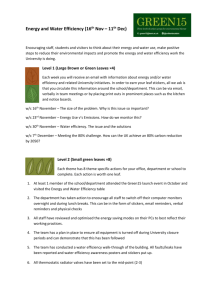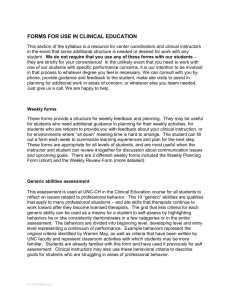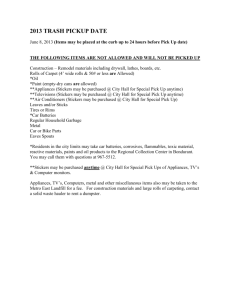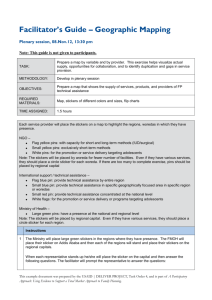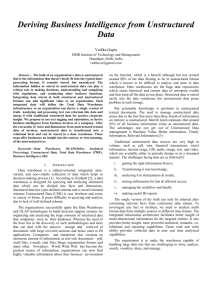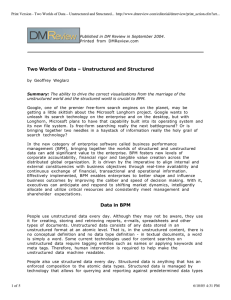Sample of a Completed Behavior Management Plan
advertisement
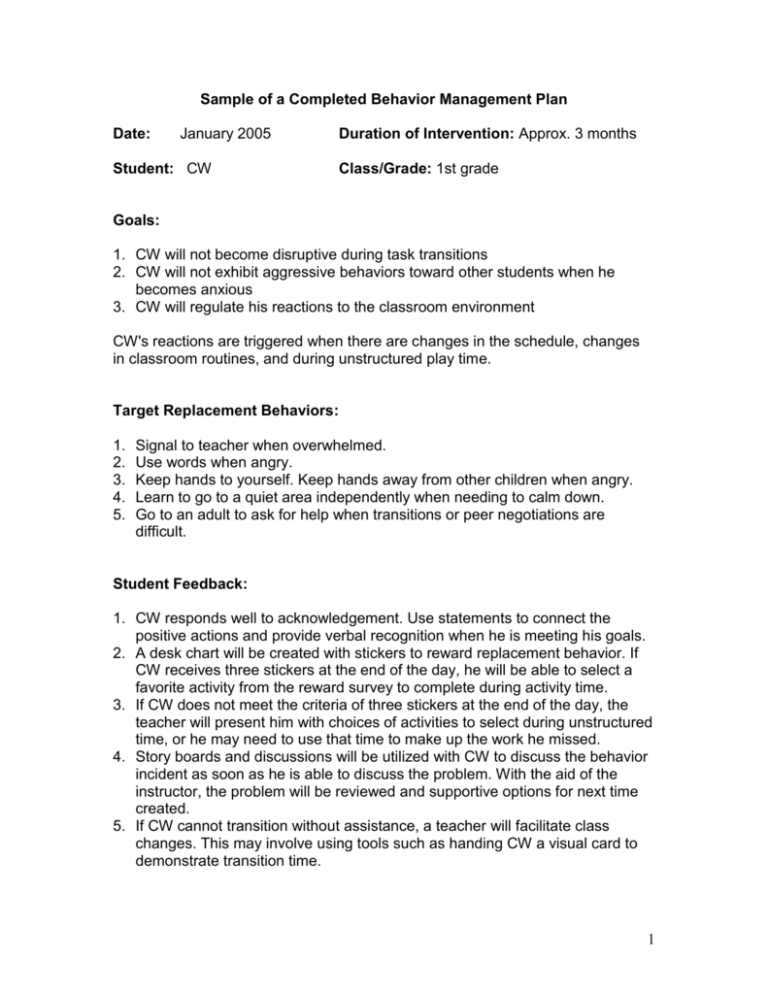
Sample of a Completed Behavior Management Plan Date: January 2005 Student: CW Duration of Intervention: Approx. 3 months Class/Grade: 1st grade Goals: 1. CW will not become disruptive during task transitions 2. CW will not exhibit aggressive behaviors toward other students when he becomes anxious 3. CW will regulate his reactions to the classroom environment CW's reactions are triggered when there are changes in the schedule, changes in classroom routines, and during unstructured play time. Target Replacement Behaviors: 1. 2. 3. 4. 5. Signal to teacher when overwhelmed. Use words when angry. Keep hands to yourself. Keep hands away from other children when angry. Learn to go to a quiet area independently when needing to calm down. Go to an adult to ask for help when transitions or peer negotiations are difficult. Student Feedback: 1. CW responds well to acknowledgement. Use statements to connect the positive actions and provide verbal recognition when he is meeting his goals. 2. A desk chart will be created with stickers to reward replacement behavior. If CW receives three stickers at the end of the day, he will be able to select a favorite activity from the reward survey to complete during activity time. 3. If CW does not meet the criteria of three stickers at the end of the day, the teacher will present him with choices of activities to select during unstructured time, or he may need to use that time to make up the work he missed. 4. Story boards and discussions will be utilized with CW to discuss the behavior incident as soon as he is able to discuss the problem. With the aid of the instructor, the problem will be reviewed and supportive options for next time created. 5. If CW cannot transition without assistance, a teacher will facilitate class changes. This may involve using tools such as handing CW a visual card to demonstrate transition time. 1 6. Time out intervention will be taught. If CW refuses to interact appropriately he will be directed away from the current activity. He will need to make up at another time any academic instruction he missed. This may have to occur during an unstructured time. However, it should not entail the entire free time period. 7. Natural consequences, such as using a waiting chair, will be used as much as possible. Care should be taken not to embarrass the child by singling him out for punishment Methods to Monitor: 1. Behavior will be monitored on a daily basis. 2. Tally charts using the desk chart form will be recorded by the child and collected each day and discussed. 3. Behavioral interventions will be monitored through teacher checklists and observations and anecdotal notes. 4. Information will be summarized on a weekly basis. Family Communication: 1. Daily notes will be sent in CW's communication or school folder. 2. A weekly summary of the behavior will be emailed to the family. 3. Information sent to CW's family will include how often he signaled the instructor, the effectiveness of the redirection, and the use of the tally and sticker system. 4. A weekly summary will consist of the current week's progress and will compare to prior weeks. It will note any intervention changes. Follow Through: 1. The family has indicated they are working with a therapist on self-regulation and behavior management at home. Therapy is focusing on helping CW recognize feelings and select appropriate responses. The therapist will consult and work with CW's instructors to help maintain a consistent management plan and interventions. 2. Bi-weekly emails with CW's therapist will occur to review CW's progress and make necessary adjustments to his behavior plan. 3. A meeting with parents, teachers, and therapists will be convened in four weeks to review progress and adjust the behavior plan if necessary. 4. When CW reaches his goals, a method for phase out will be determined based on the time he took to learn the behaviors and his dependency on each particular feedback technique. 2
